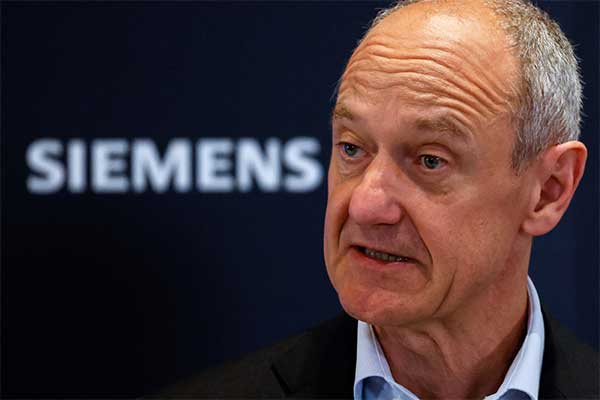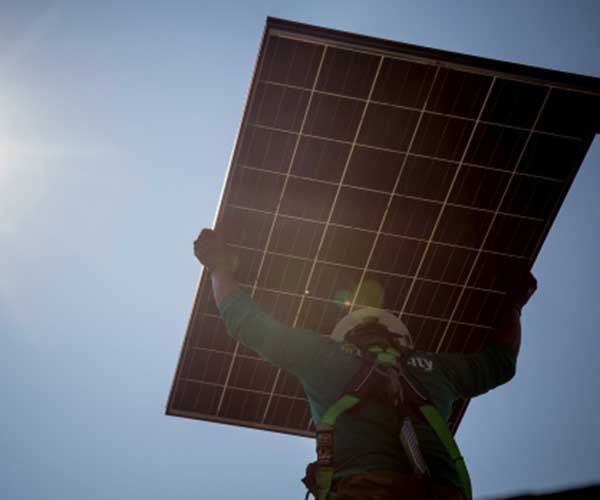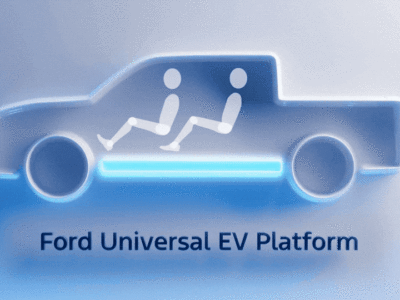- German multinational conglomerate Siemens announced plans to begin production of solar string inverters in the United States starting in 2024, through a contract manufacturer in Kenosha, Wisconsin.
- This move aligns with the landmark climate change legislation enacted under President Joe Biden, aimed at bolstering American-made supplies of solar energy components.
- Siemens' decision to produce these crucial devices showcases a strategic effort to capitalize on governmental incentives, positioning itself strongly in the renewable energy sector and standing in competition with global players like China.
- The initiative is expected to create jobs and significantly contribute to the growing domestic solar sector.
German multinational conglomerate Siemens announced on Tuesday that it will initiate production of solar energy equipment in the U.S. starting in 2024.
This manufacturing will be carried out through a contract manufacturer in Kenosha, Wisconsin.
A Strategic Move
The decision aligns with Siemens’ global vision and demonstrates a strategic move to capitalize on the landmark climate change legislation enacted under President Joe Biden.
The incentives in this year-old law aim to bolster American-made supplies of solar energy components, allowing domestic producers to stand in competition with global leaders like China.
The Product Line
Siemens’ U.S. production will be focused on solar string inverters. These devices are pivotal in converting the energy generated by solar panels into usable current. The production will be undertaken at a facility operated by Sanmina, a global electronics manufacturing services provider.
Brian Dula, vice president of electrification and automation at Siemens Smart Infrastructure USA, praised the move, stating, “Working with Sanmina to establish this new production line, Siemens is well positioned to address supply challenges our country is facing as we work to localize production for green and renewable infrastructure.”
Job Creation and Scaling Up
Initially, Siemens’ venture will create up to a dozen jobs at the Kenosha factory. However, production is expected to scale up to a capacity of 800 megawatts of inverters per year. This growth reflects the robust interest and investment in the renewable energy sector in the United States.
Incentives and Impact
The Inflation Reduction Act (IRA) has played a pivotal role in this burgeoning industry. It has unleashed $100 billion in domestic solar sector investment in just the past year, with $20 billion earmarked for solar and storage manufacturing.
More than 50 solar manufacturing facilities have been announced or expanded since the IRA’s passage, culminating in about 7 gigawatts of inverter capacity. The IRA’s tax credits, offering bonus tax credits worth 10% of the project’s cost for using American-made equipment, provide tangible incentives for both producers and buyers.
Perspective
Siemens’ entry into the U.S. solar manufacturing landscape reflects a broader shift towards renewable energy and domestic production. It also illustrates the tangible impact of targeted government incentives on the global business landscape.
This move will not only fortify the U.S. position in the renewable energy market but also enhance the country’s standing in global clean energy initiatives.
Siemens’ decision underscores the crucial role of public policy in shaping the future of energy and in advancing the global objective of sustainable development.
In the longer term, the success of this initiative may serve as a model for other global industrial giants, steering them toward investments in renewable energies.
It is a strategic alignment of corporate objectives with national interests and global sustainability goals, reflecting the contemporary ethos of responsible corporate citizenship.













Comments